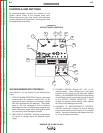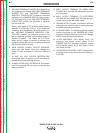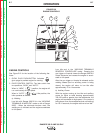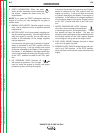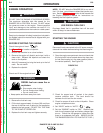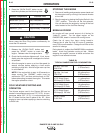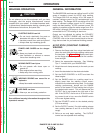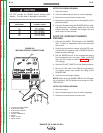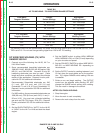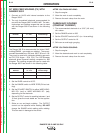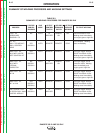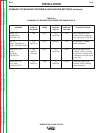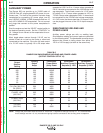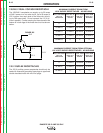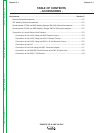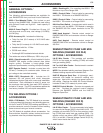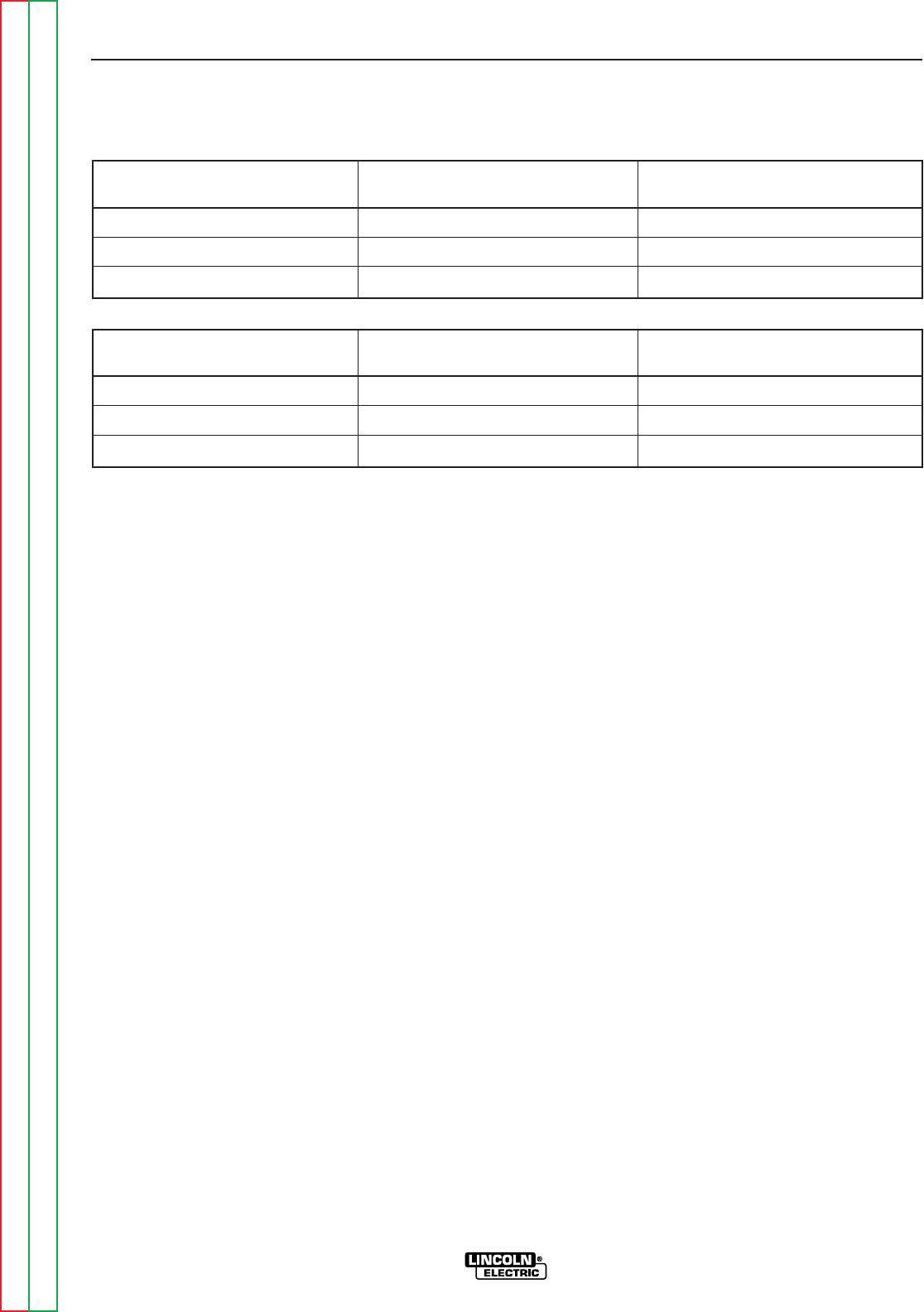
Return to Section TOC Return to Section TOC Return to Section TOC Return to Section TOC
Return to Master TOC Return to Master TOC Return to Master TOC Return to Master TOC
OPERATION
B-13 B-13
RANGER 300 D AND 300 DLX
TABLE B.2
AC TIG WELDING – TIG ELECTRODE/RANGE SETTINGS
Pure (EWP) “Range” Appropriate
Tungsten Diameter Switch Settings Welding Current
1/8” 75, 100 or 140
(1)
100 - 200 amps
3/32” 50, 75 or 100 50 - 100 amps
1/16” 50, 75 or 100 45 - 150 amps
1% Thoriated “Range” Appropriate
Tungsten Diameter Switch Settings Welding Current
1/8” 100, 140 or 180 160 - 250 amps
3/32” 50, 100 or 140 100 - 180 amps
1/16” 50 or 100 60 - 120 amps
(1)
The welding current will be approximately 200 amps with the range switch set at 120 and the OUTPUT CON-
TROL set at 10. Do not use a range setting higher than 120 for AC TIG welding.
DC WIRE FEED WELDING (CV) WITH
RANGER 300 DLX
1. Connect one of the following: the LN-25, LN-7 or
LN-8 Wire Feeder.
2. Some recommended Innershield electrodes are:
.068 NR-211MP, .068 NR-232, NR-203 series, 5/64
NR-311, and 5/64 NS-3M. Lincore® 33 and 55
hardfacing electrodes can also be used. Cable
length and other conditions can affect the ultimate
results of this application. Request Lincoln publi-
cation N-675 for additional information.
Recommended Outershield electrodes are .045
(1.1 mm), .052 (1.3 mm), and 1/16 (1.6 mm)
Outershield 71 and 1/16 (1.6 mm) Outershield 70.
Request Lincoln publication GS-200 for additional
information.
For MIG welding, the recommended electrodes are
.030 (0.8 mm), .035 (0.9 mm) and .045 (1.1 mm) L-
50 and L-56. You must use a blended shielding
gas such as C25 (75% Argon, 25% CO
2
). Request
Lincoln publication GS-100 for additional informa-
tion.
3. Set the IDLER CONTROL to “AUTO” for the LN-25
or “HIGH” for the LN-7 or LN-8 and start the diesel
engine.
4. Set the RANGE switch to either HIGH, MEDIUM
HIGH, MEDIUM LOW, or LOW (CV-red) depending
on your wire size and speed.
5. Set the POLARITY SWITCH to either WIRE WELD-
ING DC+ or WIRE WELDING DC- depending on
the electrode.
6. Set the OUTPUT control to a setting between 1 and
10 that gives the most stable arc for the applica-
tion. Try a higher RANGE switch setting if the arc
is unstable.
7. Strike an arc and begin welding. The OUTPUT
control can be adjusted while welding. DO NOT
change the RANGE switch setting while welding.
This can result in damage to the switch.
AFTER YOU FINISH WELDING:
1. Stop the engine.
2. Allow the work to cool completely.
3. Remove the work clamp from the work.



